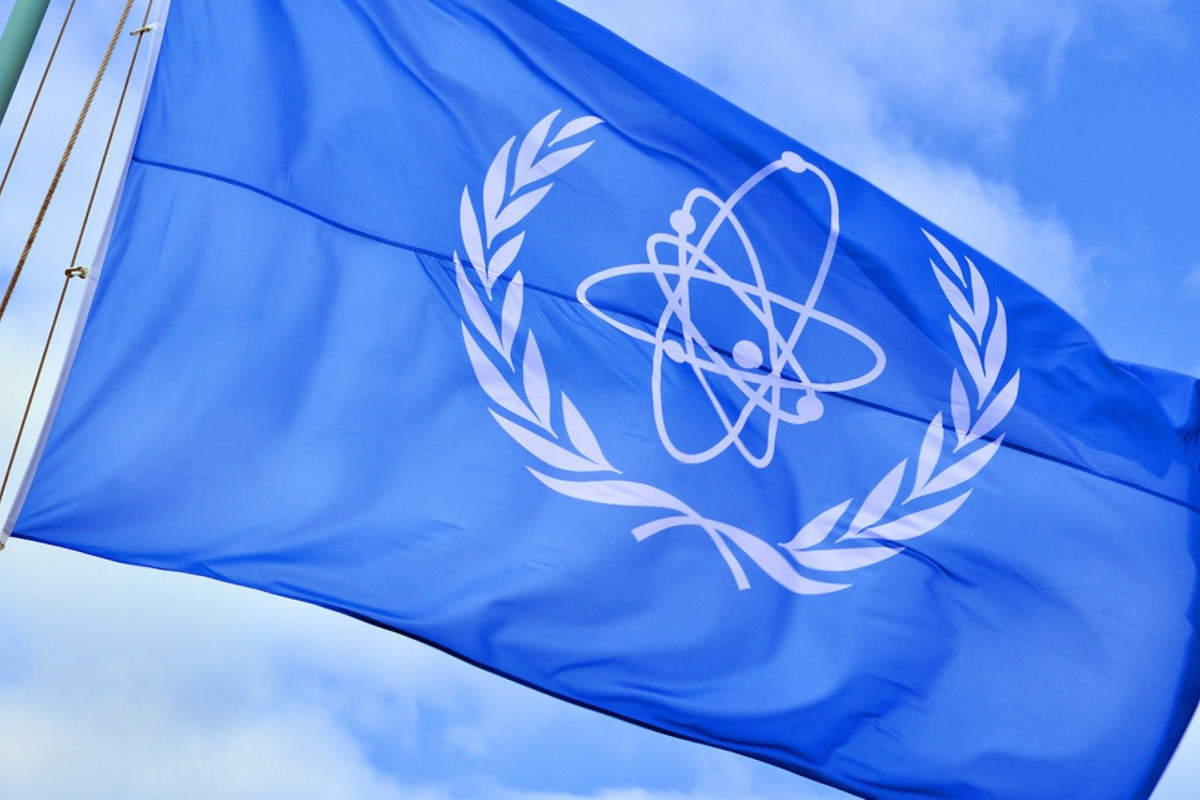A twenty-year investigation reveals the troubling role of the International Atomic Energy Agency in transmitting sensitive information to Mossad.
International Atomic Energy Agency (IAEA)
After nearly two decades of investigations, Iran claims to have identified the source of the leaks that enabled the assassination of dozens of its nuclear scientists since 2007. According to documents revealed by hackers, the International Atomic Energy Agency (IAEA) allegedly served as a channel for transmitting classified information to Israeli and Western intelligence services, according to Stratégika51, which specializes in expertise and geostrategic analysis.
A Long and Fruitless Investigation
Since 2007, Iranian scientists have been regularly targeted in attacks in Tehran, Shiraz, and Isfahan. Faced with this series of assassinations, Iranian authorities conducted a thorough investigation, suspecting their own intelligence services in turn and interrogating hundreds of people. Despite enhanced surveillance of the territory and communications, the identity of the “mole” remained mysterious.
Revealing Hacked Documents
The breakthrough came from hackers who infiltrated the communications of IAEA officials. The obtained documents reveal the existence of “classified letters” intended for UN agency inspectors, but directly transmitted to Israeli Mossad. These documents contained details about Iranian nuclear technology, changes in scientific personnel, and even maintenance programs for nuclear facilities.
A Diverted Cooperation System
According to these revelations, it was paradoxically Iran’s cooperation with the IAEA under the Nuclear Non-Proliferation Treaty (NPT) that facilitated these operations. Regular inspections and the transparency required by international agreements allegedly provided Israeli services with the necessary information to locate and target Iranian scientists.
Ignored Precedents
The text recalls that similar situations had already occurred, notably in Iraq between 1995 and 1998, where IAEA inspectors allegedly placed GPS beacons to later guide Tomahawk missiles. Despite its cooperation with the agency, Iraq was invaded in 2003 under the pretext of weapons of mass destruction that were never found.
An Agency Under Surveillance
The IAEA, created under the auspices of the United Nations, is presented in this document as having been infiltrated for more than thirty years by Western intelligence services. Paradoxically, the agency has never been able to inspect Israeli nuclear facilities, particularly the historic Dimona site, while Israel allegedly possesses more than 120 nuclear bombs according to certain estimates.
Impact on Iranian Policy
This discovery would have repercussions on the balance of power in Iran, favoring factions most hostile to cooperation with the West. Recent strikes against Tel Aviv are presented as a consequence of this realization and the change in internal power dynamics.
The affair raises fundamental questions about the independence and neutrality of international organizations responsible for nuclear non-proliferation, as well as the risks that countries accepting total transparency in a hostile geopolitical environment may face.

